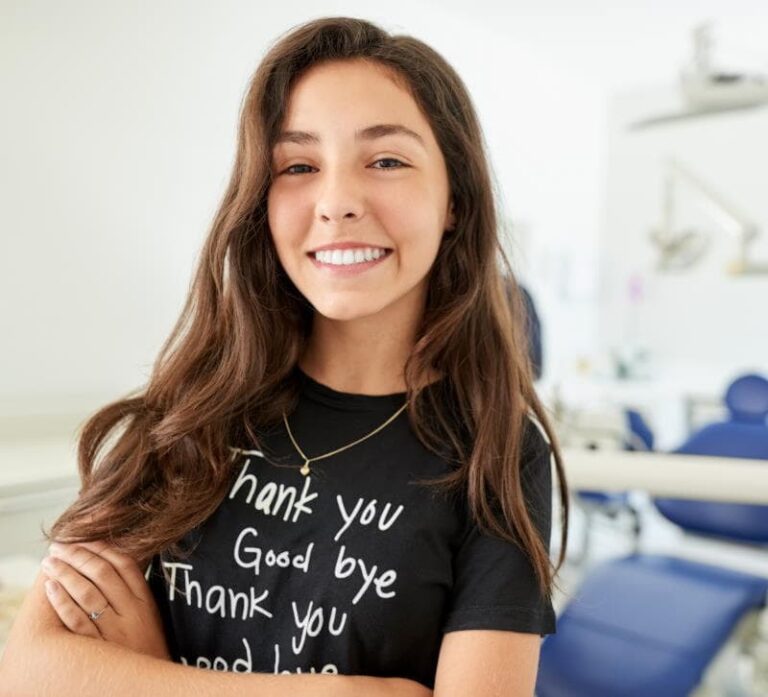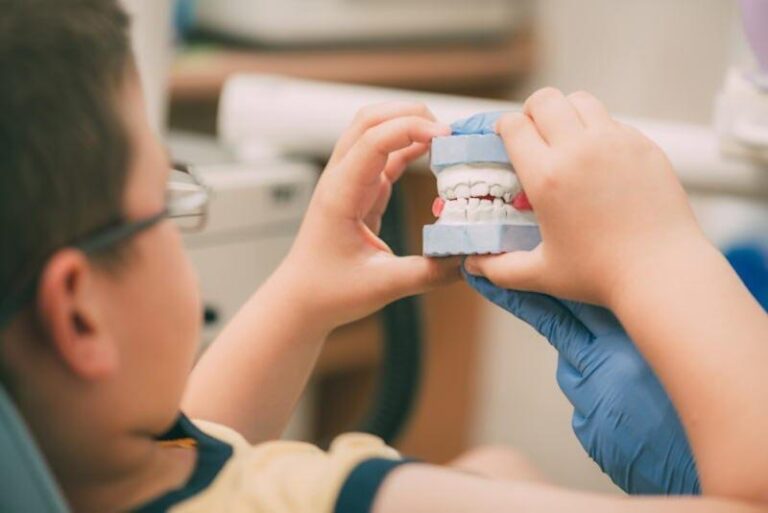Clínica Boj » TMJ treatment » Teeth bruxism

Teeth bruxism in children and teenagers
The bruxism in children, adolescents and young adults, and the consequences of teeth grinding and clenching is a concern for many parents or caregivers, often expressed in the paediatric dental appointment.
What is bruxism?
Bruxism is a parafunctional pattern where the jaw makes unfunctional movements during the day (diurnal bruxism) and / or night (nocturnal bruxism) voluntarily or involuntarily. Bruxism is considered normal when present in children. Expressed in a colloquial way, it would be the habit of clenching the teeth or grinding the teeth, especially when sleeping.


What causes children and teenager's bruxism?
This parafunctional pattern of clenching the teeth is often associated with changes in the occlusion, as it is a natural way to stimulate the dentition and promote bone and muscle development in the face. As age increases and tooth replacement occurs, bruxism tends to disappear in many children. Therefore, it could be considered a limited condition for some children that does not necessarily progress to bruxism when they grow up and become adults. However, it is true that bruxism can also appear at any age for psychological reasons. It is common to clench or grind the teeth as a pattern that releases emotions and tensions, and can be established as a habit.
How does bruxism affect our teeth?
Its impact will depend on the strength of each of the structures involved and the duration, frequency and intensity of the activity of clenching or bruxing the teeth. Although the forces of bruxism can be transmitted to the structures of the masticatory system, some of them are absorbed without side effects, while others can cause alterations of varying degrees in children, adolescents or young individuals. The structures that will be affected are: the teeth and their supporting tissues, the chewing muscles and the TMJ (temporo-mandibular joint). From a clinical and visual point of view, the most characteristic sign of this parafunction is the surface wear of primary teeth of children. The treatment of bruxism will be individualized according to each patient, with the paediatric and juvenile dentist analyzing the etiology (origin) for each case.



